Prefab House Materials – A Builder’s Guide
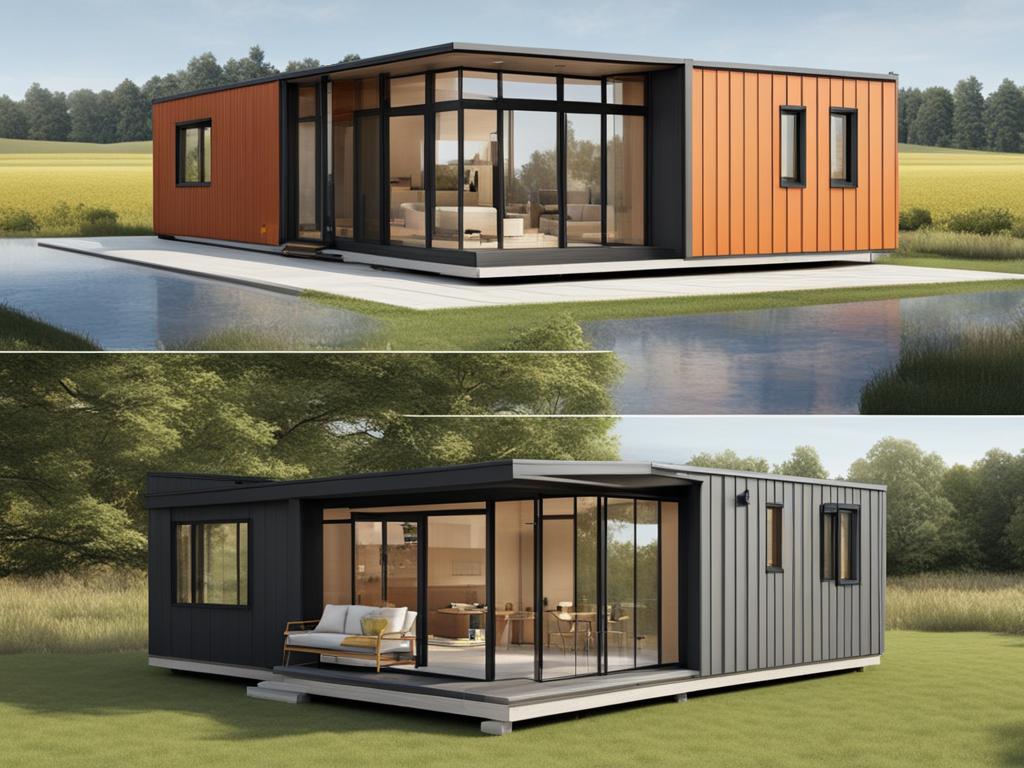
Prefab homes, also known as flat-pack homes or kit homes, are houses that are constructed in separate parts in a factory and then transported to a chosen building site to be assembled. These homes offer design flexibility and incorporate new technologies, making them a popular choice for modern lifestyles. In the UK, prefab homes became popular after World War II as a temporary solution to the housing crisis. Today, prefab homes have come a long way and offer a range of advantages, including speed of construction, cost efficiency, and the ability to create a bespoke home design.
History of Prefab Homes in the UK
After World War II, Britain faced a housing crisis, with many homes destroyed during the war. Prefab homes were seen as a temporary solution and over 156,000 were built in the UK from 1946-49. These homes had a projected lifespan of 10 years but many have exceeded that and still exist today.
In addition to these temporary prefab homes, local authorities also built permanent prefab homes using pre-cast reinforced concrete. Around 500,000 of these homes were constructed from the end of the war until 1955. These prefab homes were modern and affordable, with inside toilets and fitted kitchens. Some of the last remaining prefabs have been given listed status and can be seen in museums.
Today, there are also custom build plots available for those who want to build their own prefab home.
Advantages of Prefabricated Homes
Prefabricated homes offer several advantages for homeowners in the United Kingdom. These homes are manufactured offsite in a factory environment, allowing for faster construction compared to traditional onsite construction. This speed of construction translates into time and cost savings, making prefab homes an attractive option.
One of the key advantages of prefabricated homes is the design flexibility they offer. Homeowners can customize their houses to fit their specific budget and lifestyle requirements. Whether it’s a small, cozy prefab home or a spacious, modern design, the options are endless.
Moreover, prefabricated homes are known for their excellent thermal performance, meeting and often exceeding building regulations standards. These homes are well-insulated, ensuring energy efficiency and reduced heating or cooling costs throughout the year.
In addition to being cost-effective and energy-efficient, prefabricated homes also contribute to a more sustainable and eco-friendly construction process. With construction taking place in a controlled factory environment, there is less material waste compared to onsite construction. This not only reduces waste removal costs but also minimizes the impact on the environment.
Overall, prefabricated homes offer a combination of speed, cost efficiency, design possibilities, thermal performance, and reduced material waste that make them an attractive choice for those looking to build a new home in the United Kingdom.
Key advantages of prefabricated homes:
- Speed of construction
- Cost efficiency
- Design possibilities
- Thermal performance
- Reduced material waste
Types of Prefabricated Construction
When it comes to prefabricated construction, there are several options to choose from. Each method offers its own unique advantages and is suitable for different types of projects. Let’s take a closer look at three common types of prefabricated construction:
Modular Buildings
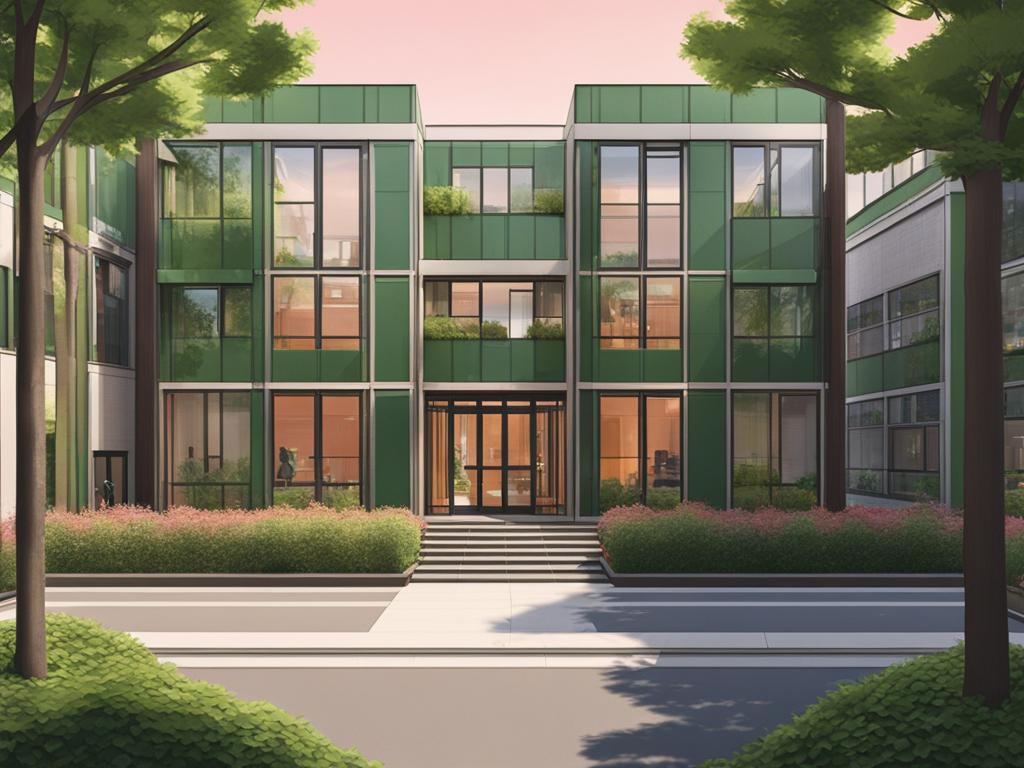
Modular buildings are constructed using modules that are prefabricated offsite in a factory setting. These modules are then transported to the construction site and assembled on-site. This method offers the flexibility of creating bespoke design options, as the modules can be arranged in various configurations to meet the specific requirements of the project. Modular buildings are often used for residential and commercial purposes, such as office buildings, schools, and healthcare facilities. The controlled factory environment ensures precision and quality, resulting in efficient construction and reduced waste.
Panelised Construction
Panelised construction involves the manufacturing and assembly of various building panels in a factory. These panels are then transported to the construction site and installed to form the structure of the building. This method allows for faster construction compared to traditional onsite construction methods, as the panels are pre-fabricated and ready to be installed. Panelised construction provides a more sustainable and energy-efficient solution, with improved insulation and airtightness. It is commonly used for residential buildings, hotels, and commercial structures.
Pre-engineered Metal Buildings
Pre-engineered metal buildings (PEMBs) are constructed using a structural steel frame system. This method is known for its strength, durability, and cost-effectiveness. PEMBs are commonly used for industrial and commercial structures, such as factories, warehouses, and aircraft hangars. The steel frame system allows for large clear spans, providing versatile and flexible interior spaces. Pre-engineered metal buildings are designed and engineered to meet specific project requirements, offering efficient construction and long-term durability.
Whether you choose modular buildings, panelised construction, or pre-engineered metal buildings, prefabricated construction provides innovative solutions for various construction needs. The advantages of speed, cost-efficiency, sustainability, and design flexibility make prefabricated construction an attractive option for individuals and businesses looking to build their dream projects.
Conclusion
Prefab house materials offer a wide range of benefits in the construction industry in the United Kingdom. The use of these materials has revolutionized the way homes are built, providing an efficient, cost-effective, and sustainable solution for those looking to construct their dream homes.
With advancements in technology and construction methods, prefab homes have evolved from being temporary solutions to becoming modern, customizable, and durable housing options that are built to last. Whether you opt for modular buildings, panelised construction, or pre-engineered metal buildings, prefab construction offers an innovative and viable solution that can meet your specific requirements.
The speed of construction is one of the significant advantages of prefab house materials. By manufacturing key components offsite and assembling them on-site, the construction process is accelerated, saving both time and money. Furthermore, the design possibilities are virtually endless, allowing homeowners to create a personalized space that perfectly suits their needs and preferences.
Another notable benefit of prefab house materials is their sustainability. Using these materials significantly reduces waste and minimizes environmental impact. Additionally, the energy efficiency of prefab homes can help reduce utility costs, creating a more environmentally friendly and economical living space.
FAQ
What are prefab homes?
Prefab homes, also known as flat-pack homes or kit homes, are houses that are constructed in separate parts in a factory and then transported to a chosen building site to be assembled.
Why did prefab homes become popular in the UK after World War II?
After World War II, Britain faced a housing crisis, with many homes destroyed during the war. Prefab homes were seen as a temporary solution and offered a quick and affordable option for rebuilding.
How long were the projected lifespans of the prefab homes built after World War II?
The temporary prefab homes had a projected lifespan of 10 years, but many have exceeded that and still exist today.
What types of prefab homes were built in the UK after World War II?
In addition to temporary prefab homes, local authorities also built permanent prefab homes using pre-cast reinforced concrete. These homes were modern and affordable, with inside toilets and fitted kitchens.
Are there any remaining prefab homes from the post-war era?
Yes, some of the last remaining prefabs have been given listed status and can be seen in museums.
Is it possible to build a custom prefab home?
Yes, today there are custom build plots available for those who want to build their own prefab home, allowing for design flexibility and personalization.
What are the advantages of prefabricated homes?
Prefabricated homes offer speed of construction, cost efficiency, design flexibility, excellent thermal performance, and reduced material waste compared to traditional onsite construction.
What are the different types of prefabricated construction?
There are several types of prefabricated construction, including modular buildings, panelised construction, and pre-engineered metal buildings.

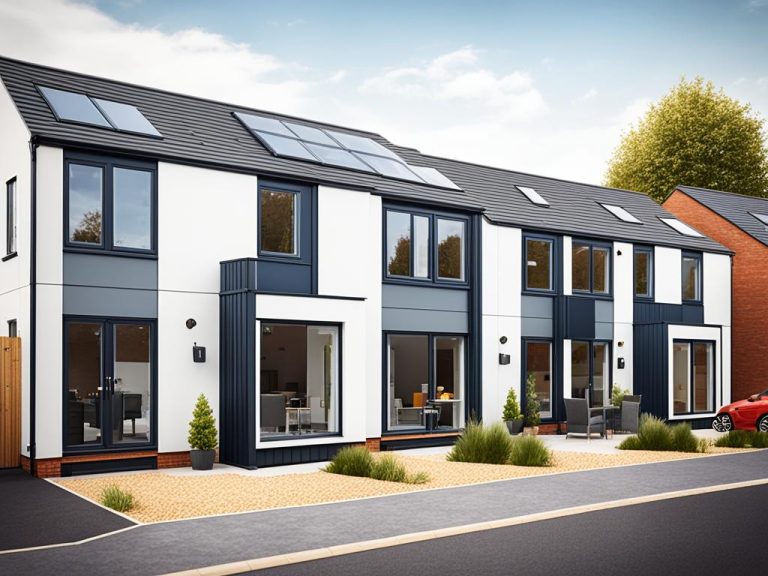
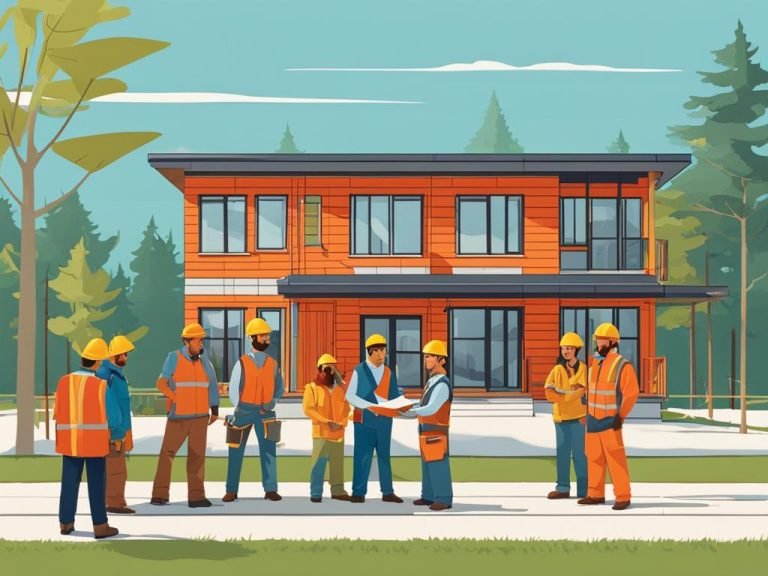
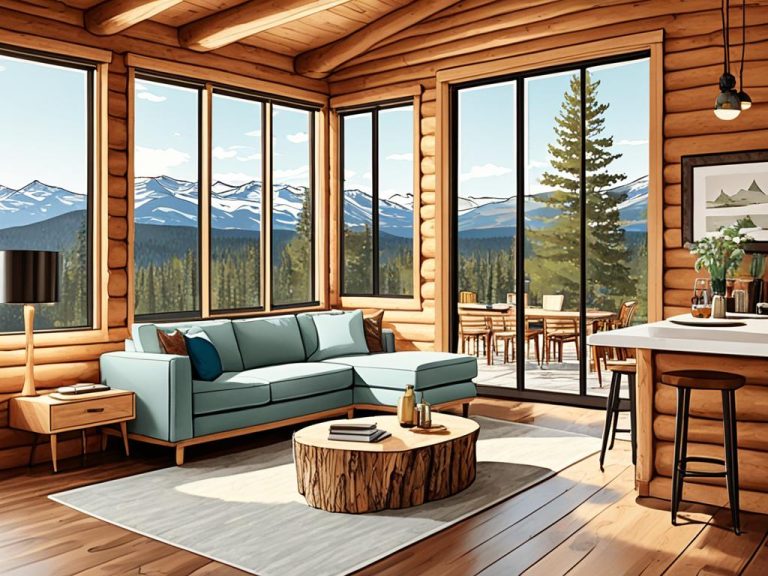
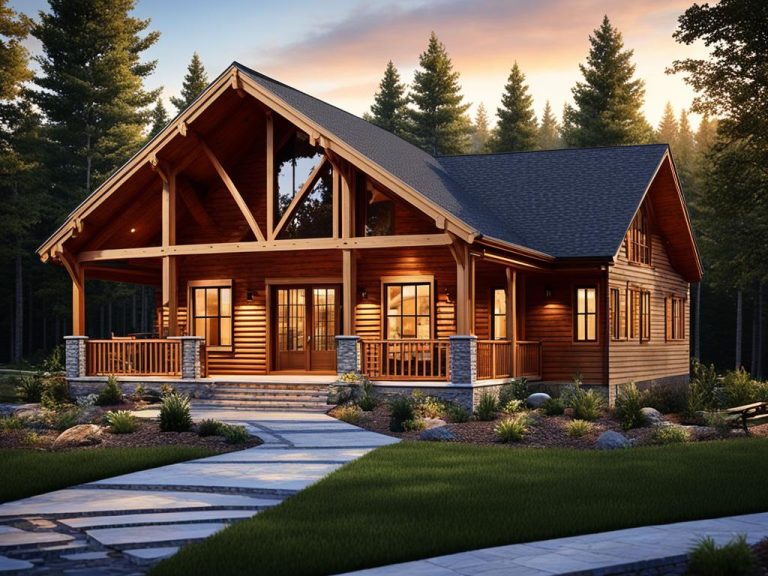
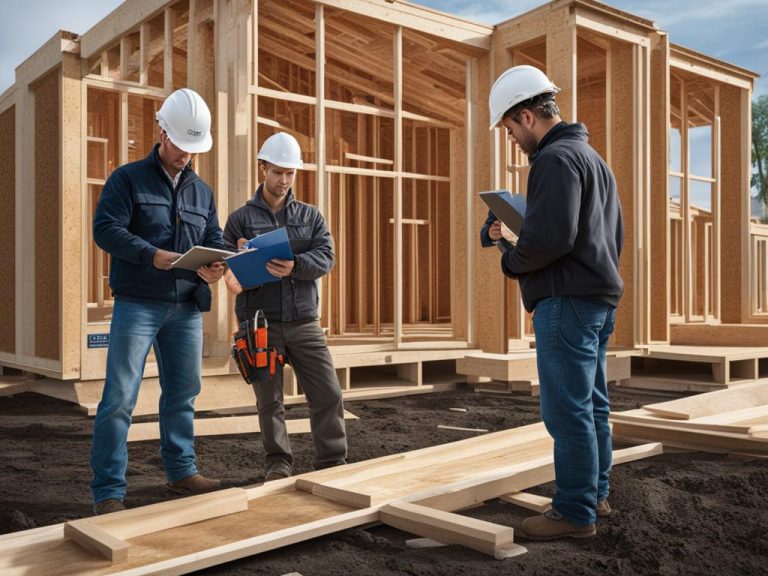
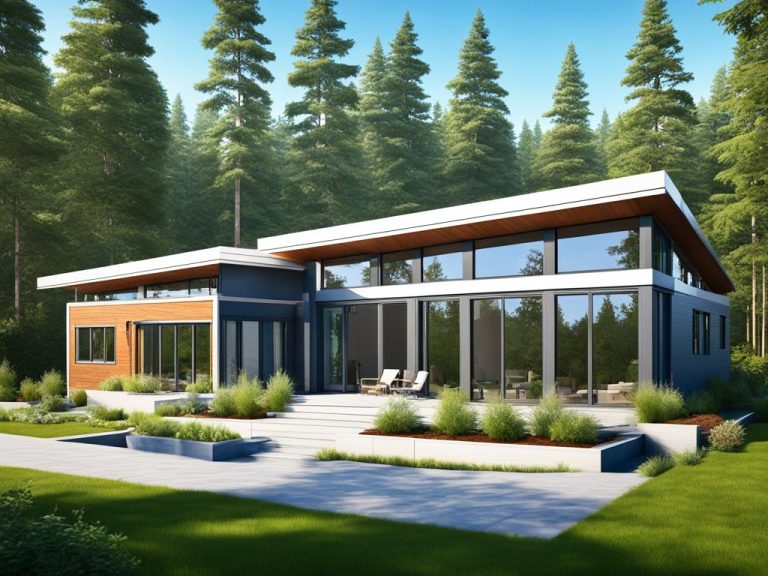
If the condition of the infant or child improves, IV fluids should be reduced to 10 mL kg bw per h for 1 2 h, then to 7 mL kg bw per h for 2 h, 5 mL kg bw per h for 4 h and then to 3 mL kg bw per h for up to 24 48 h priligy amazon canada